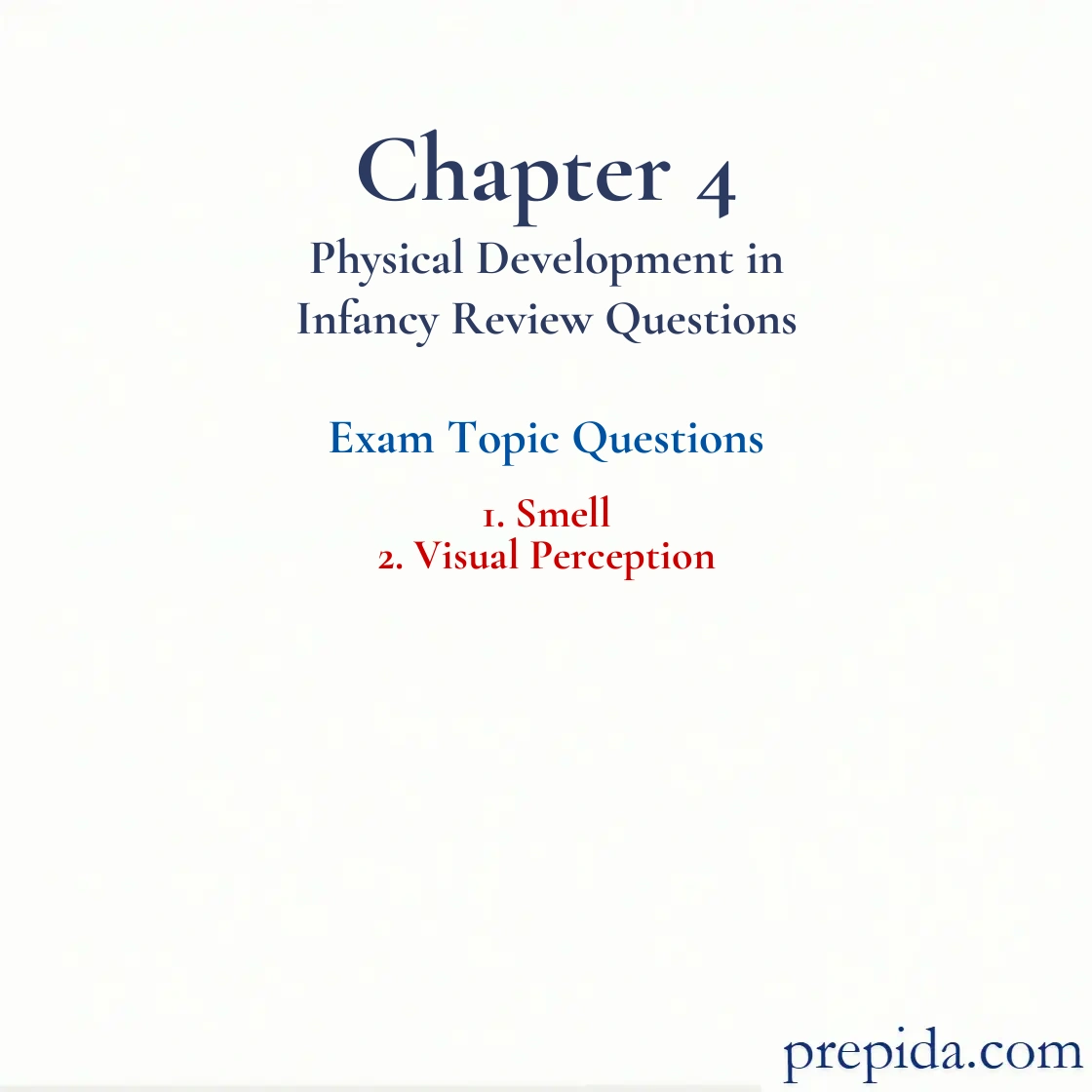
Baby Kendra, who is six days old, is presented with two breast pads: one that has been used by her mother and that smells of the mother and the other that has not been used at all. Which one will Kendra probably prefer?
- Kendra will probably not show any preference.
- Kendra will prefer the pad that has been used by the mother.
- Kendra will prefer the clean breast pad.
- Whether she shows a preference depends on whether she has been fed recently or not.
Attachment: A close emotional bond between two people.
Which of the following statements is true of perceptual narrowing?
- It is a concept where infants are more likely to distinguish between faces to which they have been exposed than faces that they have never seen before.
- It is a concept that involves the recovery of a habituated response after a change in stimulation.
- It refers to decreased responsiveness to a stimulus after repeated presentations of the stimulus.
- It refers to the ability to relate and integrate information from two or more sensory modalities, such as vision and hearing.
Visual Preference Method: A method used to determine whether infants can distinguish one stimulus from another by measuring the length of time they attend to different stimuli.
Sheena wants to hang a picture above her baby's crib. She wants her baby to show interest in the picture. Which of the following pictures is the baby most likely to be interested in?
- a picture of a bright red circle
- a picture of an attractive face
- a picture of an unattractive face
- a picture of a white circle
Visual Preference Method: A method used to determine whether infants can distinguish one stimulus from another by measuring the length of time they attend to different stimuli.
The technique of ________ consists of measuring eye movements that follow a moving object and can be used to evaluate an infant's early visual ability.
- eye-orienting
- spotting
- visual preference
- eye-tracking
A technique that can be used to determine if an infant can see or hear is the ________ response, which involves turning one's head toward a sight or sound.
- orienting
- stimulus
- tracking
- sensory
Coparenting: Support parents provide for each other in jointly raising their children.
In the context of studying newborns' perception, which of the following is true of the method of high-amplitude sucking?
- It is used to determine whether an infant can see.
- It is used to assess an infant's attention to sound.
- It is used to measure the electrical activity of an infant's brain.
- It is used to learn about brain development in infancy.
Attention: The focusing of mental resources on select information.
Baby Max watches his mother jingle her keys in front of him. After several minutes, he looks away no longer interested. This would indicate that he is habituated to it and is showing ________ to the stimulus after repeated presentations of the stimulus.
- decreased responsiveness
- increased familiarity
- increased interest
- decreased anxiety
Attention Deficit Hyperactivity Disorder (ADHD): A disability in which children consistently show one or more of the following characteristics: (1) inattention, (2) hyperactivity, and (3) impulsivity.
Baby Jane, a three-day-old infant, is shown four drawings: a bright blue square, a white oval, a yellow circle, and a drawing of a face. According to Robert Fantz's visual preference method, which drawing would she probably prefer to look at for a longer time?
- the white oval
- the drawing of a face
- the bright blue square
- the yellow circle
Visual Preference Method: A method used to determine whether infants can distinguish one stimulus from another by measuring the length of time they attend to different stimuli.
Fantz's research method to study sensory and perceptual development-studying whether infants can distinguish one stimulus from another by measuring the length of time they attend to different stimuli-is referred to as the
- habituation and dishabituation method.
- orienting response and tracking method.
- visual preference method.
- high-amplitude sucking method.